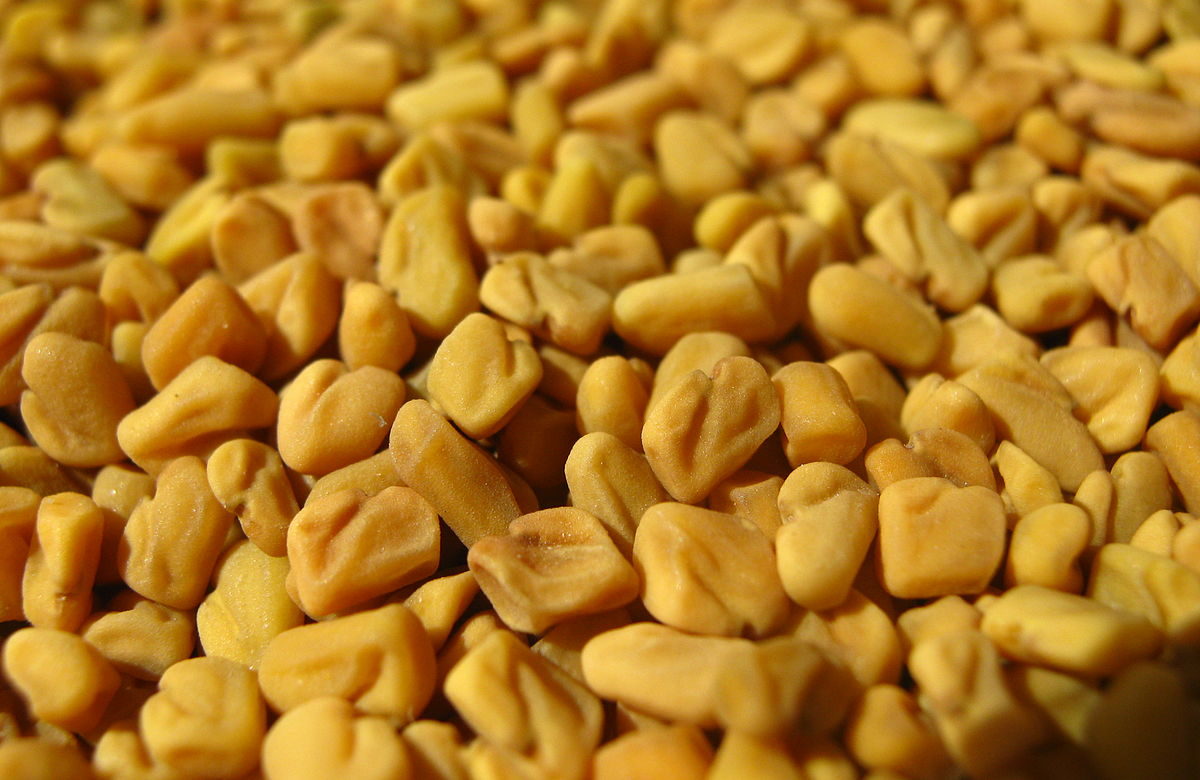How to Stop Hair Loss with Fenugreek Seeds
There are few things more devastating to a woman than losing her hair. Whether you’ve watched it fall out in clumps or noticed a gradual thinning, the whole experience can be stressful and emotionally traumatizing. Compounding the problem is that many products that claim to treat hair loss have side effects, show only modest improvement (if any), are expensive and require permanent use of the product to work – the minute you stop using it, you’ll start losing your hair…


